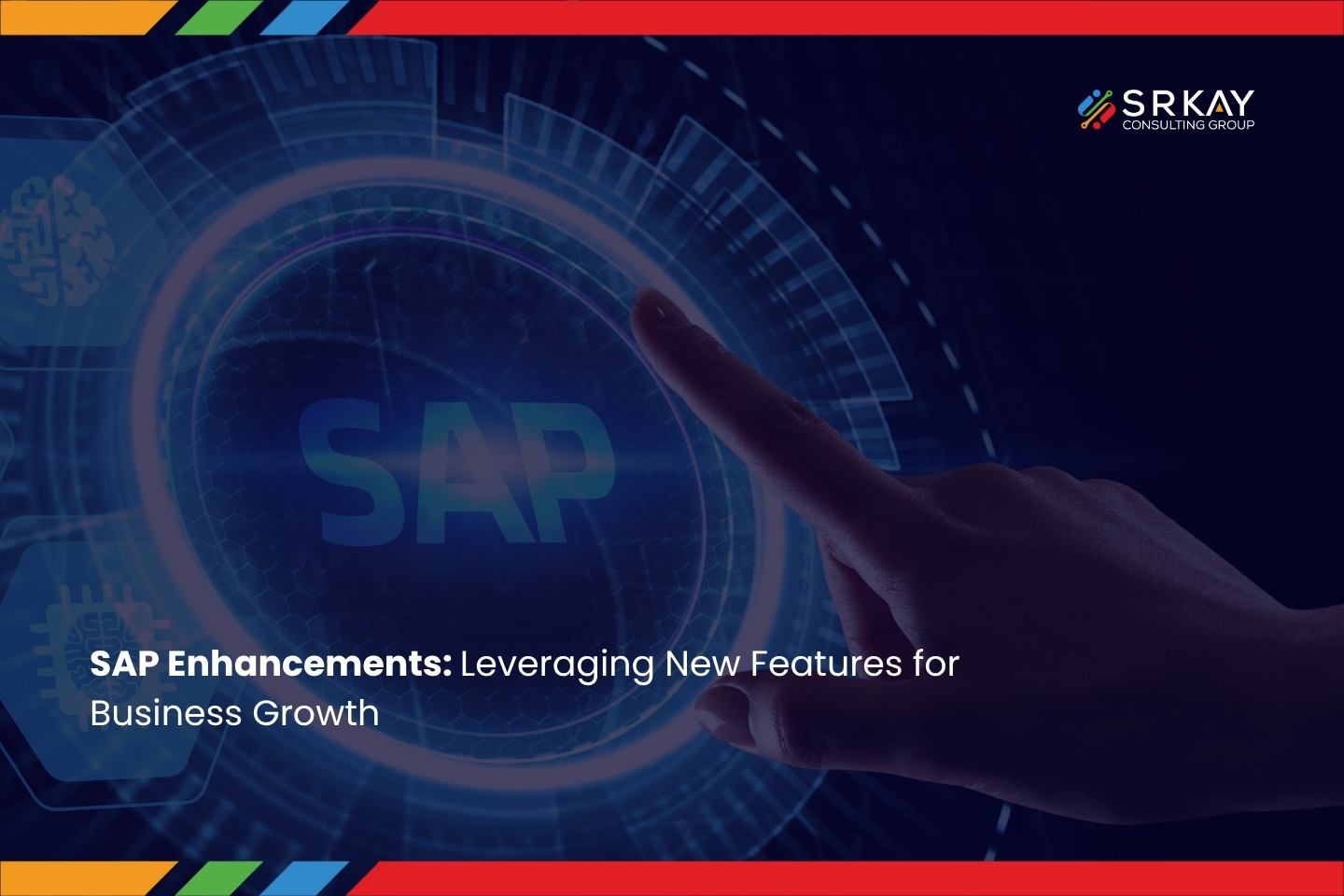

Close

Adopting Agile methodologies has become increasingly important for organizations aiming to accelerate their go-to-market strategies. Agile focuses on iterative and incremental development, enabling teams to deliver functional product increments more rapidly than traditional methods. This approach not only enhances customer satisfaction but also allows organizations to respond swiftly to market changes and customer feedback.


Adopting Agile methodologies offers several key benefits that contribute to faster time-to-market for products. Agile’s iterative and incremental development, continuous feedback loops, and flexibility make it an ideal approach for today’s fast-paced market environment. By implementing Agile practices, organizations can enhance efficiency, reduce risks, improve quality, and increase customer satisfaction, ultimately leading to successful and timely product releases.
We co-create with our customers at the center, combining deep domain expertise with innovative technology and talent solutions to accelerate growth. Our passion for excellence drives us to transform businesses, unlocking new opportunities and delivering lasting impact.
Subscribe to our newsletter to get our newest articles instantly!
Smart Leaders Are Rethinking Outsourcing. Are You? As global businesses face margin pressure and tech talent gaps, outsourcing is evolving from a cost play to a growth strategy. We're inviting senior leaders to share their perspectives in a short survey that explores how companies are scaling faster and operating leaner through smarter outsourcing. Take the short survey now and lead the next wave of global delivery excellence.
